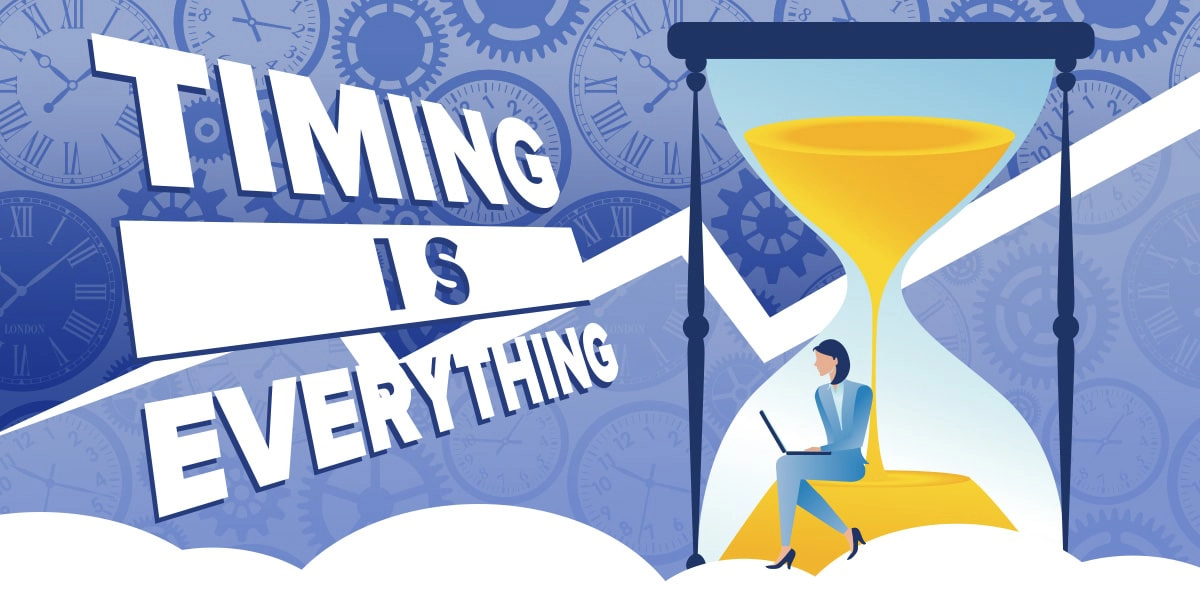Let’s say you use email marketing to connect with your customers – a monthly newsletter that includes updates about what’s new with your business, savings opportunities for your customers, an informative article to read and share, and more. It takes a lot of time and effort, but you know it’s worth it – you’ve had customers make comments about how they enjoy it, the coupon codes you include definitely get used, and every now and then, a shopper will actually print one out and bring it into the store looking for a specific item. Your open rates are consistently good, but you want to know: could they be better?
[Tweet “There’s so much more that can be learned when more data points are considered.”]
One factor to consider with any marketing campaign is the timing. When an email arrives in your customers’ inbox matters – just like it matters when they see a push notification, a social media ad, or a PPC ad. Messages that arrive at the wrong time – when your customer is busy, asleep, or just not in the mood – are ignored.
Timing email marketing messages to reach more customers was one of the areas the Home Shopping Network turned to their digital data for. HSN is a big brand, but they have the same problem everyday retailers have: their customers want an extremely personalized shopping experience, tailored to their individual preferences.
You’ll hear people talk about granular data. When they say that, what they mean is data that’s rich and detailed, composed of many, many different data points that are tracked and quantified. Your digital data is granular, but you may only be looking at a very small portion of it – at most, a few key points –when you review it.
For example, when looking at email marketing data, most people focus on the open rate, the bounce rate, and the click-through rate. There’s so much more that can be learned when more data points are considered. By factoring in the time emails were sent, as well as the devices customers use to read the emails, it’s possible to get a better understanding of your customers. HSN found one portion of their base – the affluent East Coast woman between 28-34 – was more likely to respond to messages they encountered during their commute, but after 5 pm, they just weren’t interested.
The only way to determine what time is actually best to reach your customers is to test it by sending messages at different times, based on your understanding of customer preferences based on existing data. After the test, you’ll be able to see the results in the data: if you see greater levels of engagement, that’s great; if no one opens your message, you know that’s not the time to send one. Data allows you to make informed, confident decisions and then see how well they work out in objective terms. Timing email marketing is a great way to get comfortable with your digital data. For other examples, stay tuned!




